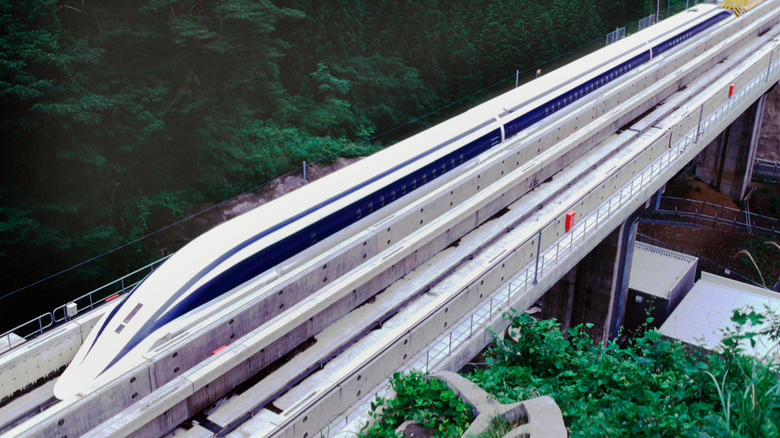
As China builds out the next generation of magnetic levitation trains, the U.S. has a grand total of one maglev line in development. Or, make that had one in development, because Transportation Secretary Sean Duffy has just announced that the Federal Railroad Administration has canceled funding for it. In a statement, Duffy cited "nearly a decade of poor planning, significant community opposition, tremendous cost overruns, and nothing to show for it" as the reason for killing one of America's few attempts to finally get high-speed rail.
In fairness, it's been a troubled effort. The Baltimore-Washington Superconducting Magnetic Levitation (SCMAGLEV) project would have built a whole new connection between the nation's capital and Maryland's biggest city. According to the developers, this would have allowed for passengers to cover the 40-mile distance in just 15 minutes, per CBS News. But the project has been stuck in environmental review since 2021, with no end in sight. Meanwhile, given that the line would slice right through the heart of the federal government, it was also going to cause issues with a number of federal agencies.
Which agencies? Oh, not many, just the National Security Agency, U.S. Department of Defense and Fort George G. Meade, National Aeronautics and Space Administration, U.S Department of Agriculture, U.S. Secret Service, U.S. Department of Interior – Fish and Wildlife Service and National Park Service, and the U.S. Department of Labor. So, yeah, not exactly problem-free.
Read more: These Are Your Worst Experiences With A Recall
The Woeful State Of American Rail
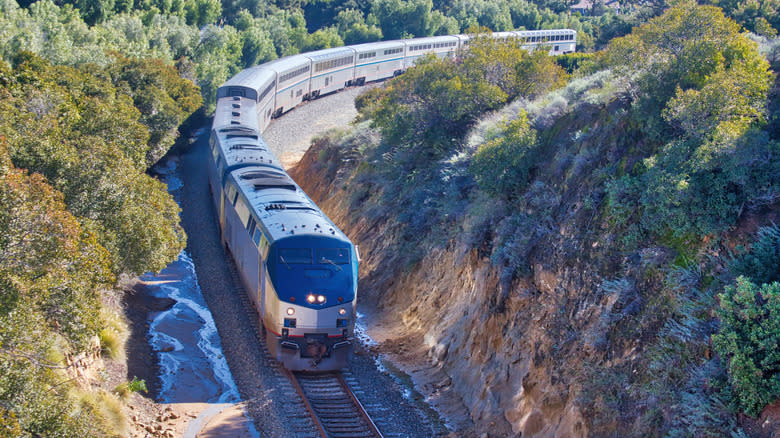
Trouble is, this leaves the future of American rail with dim prospects. The Trump adminstration is also pulling funding from California's efforts to build high-speed lines. So once again, the wealthiest country on Earth can't build out a technology that's been thriving in Europe and Asia for decades. The fastest trains in the world are all there, not here. What we do have is aging infrastructure with crummy trains.
Maglevs are the highest-tech trains in the world, using onboard supercooled magnets to propel/repel along a guided track of alternating magnets. The train doesn't touch the ground, thus avoiding all that nasty friction business and only slowed by wind resistance. This technology is already up and running in China and Japan, with more advanced systems in active development.
So while the issues with SCMAGLEV were real, and an environmental review taking four years is insane, it really would be nice for the U.S. to at least try to build modern transportation systems. And it would also be nice if the Department of Transportation would assist in that endeavor. Duffy says that it will "continue to look for exciting opportunities to fund the future... and encourage innovation." Here's hoping.
Want more like this? Join the Jalopnik newsletter to get the latest auto news sent straight to your inbox...
Read the original article on Jalopnik.
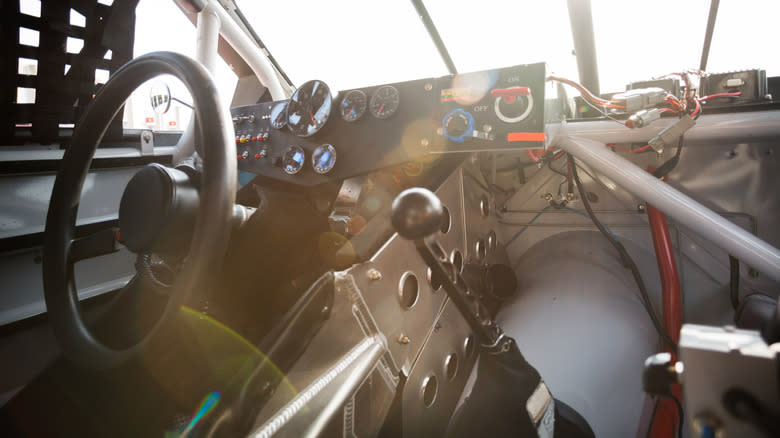
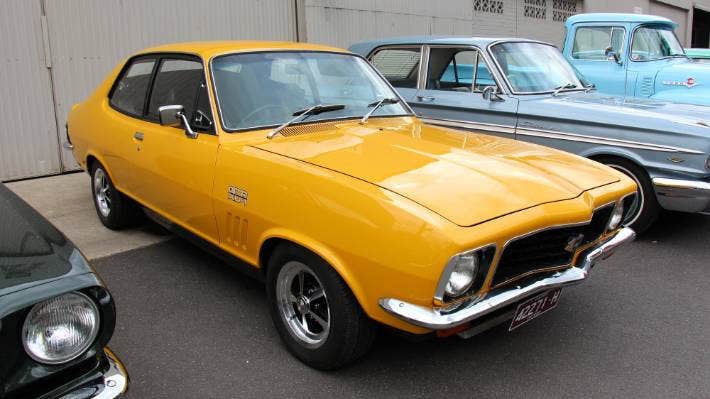





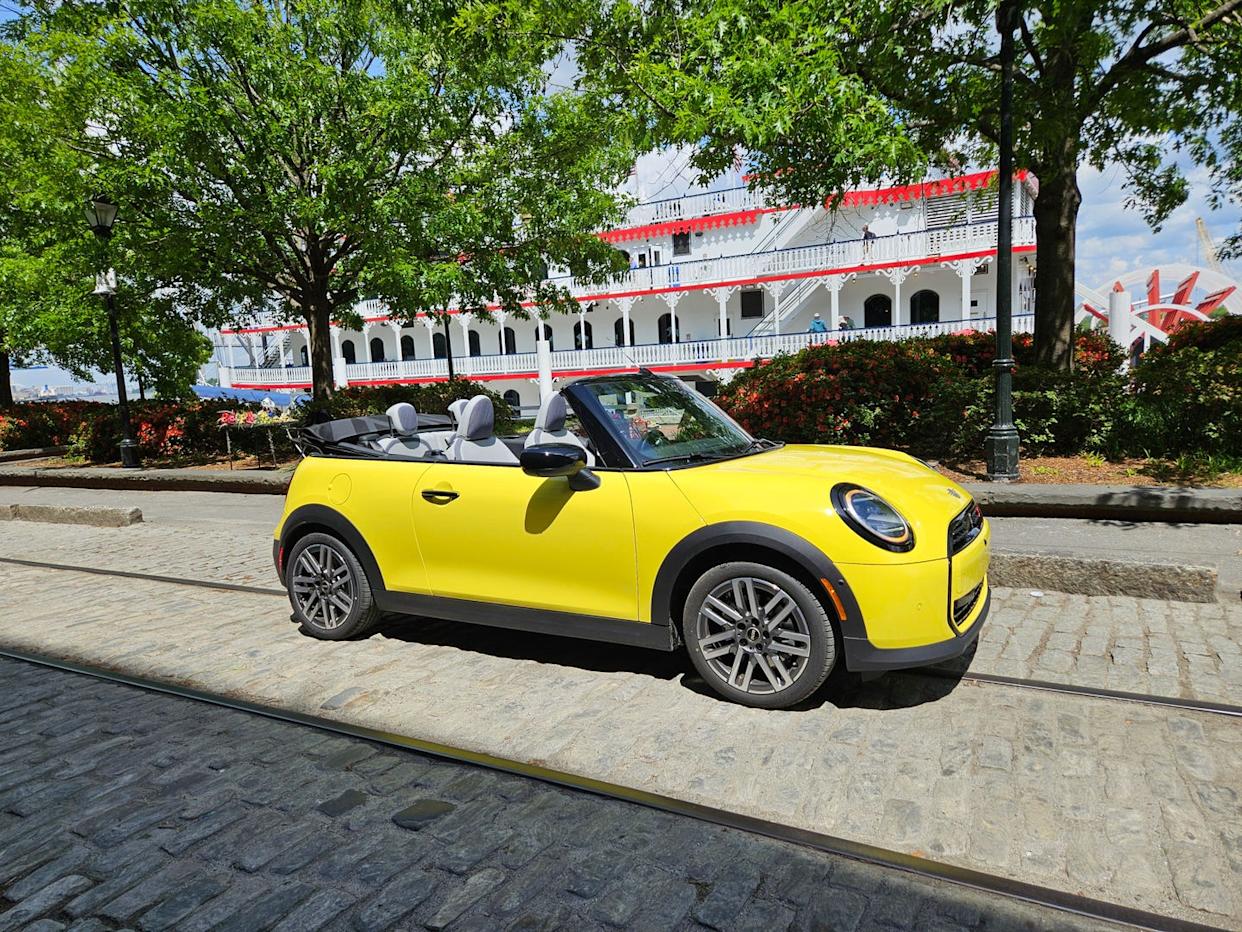
Comments